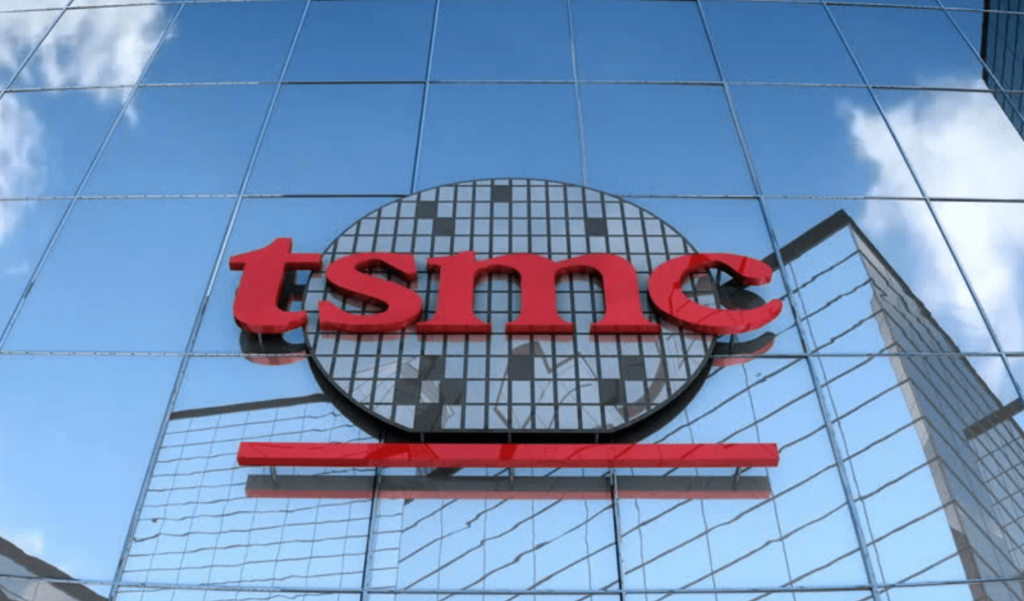A priority in the Chinese Communist Party’s (CCP) 14th Five-Year Plan (2021–25) is to strengthen China’s autonomy in semiconductor production. This is in response to US sanctions restricting the supply of chips containing US technology to China. The trade war is a reminder for Chinese leadership that it can no longer rely on imports and must develop in-house core technology and pursue technological leapfrogging, especially in essential components such as semiconductors.

China’s demand for modern and emerging technologies is on the rise. Semiconductor imports increased to over US$300 billion in 2019 and were the country’s largest import item. China supplies just 30 per cent of its chips domestically. Chip production is a complex process involving different components and manufacturing stages. China has made progress in chip design — Huawei successfully developed its in-house premium-tiered chip, Kirin, for its 5G equipment and flagship smartphones. By some measures, Kirin is as competitive as chips made by commercial rivals Qualcomm and Samsung.
China’s real problem lies in its ability to manufacture high-end chips. Semiconductor fabrication requires high precision. The most powerful chips pack as many transistors as possible into increasingly smaller and more efficient chips. Huawei designs its own high-end chipsets but cannot produce them in-house. Not even China’s largest chipmaker, the state-backed Semiconductor Manufacturing International Corporation (SMIC) has this capability. Huawei’s Kirin chipsets are made by Taiwan Semiconductor Manufacturing Company (TSMC) using US technology and equipment.
The technological gap between China’s and Taiwan’s foundries is stark. TSMC produces high-end 5-nanometre semiconductors, while SMIC only recently acquired the 14-nanometre fabrication technology necessary to mass produce semiconductors. China’s chip manufacturing capability is at least two generations (7–10 years) behind the industry leader.
Over the years, government support has helped Chinese manufacturers develop some capacity for chip production. According to the Semiconductor Industry Association, Chinese chip manufacturers received government subsidies amounting to US$50 billion over the past 20 years ― 100 times the amount received by companies in Taiwan. Domestic companies also benefit from tax holidays, free land, preferential loans and procurement incentives. Chinese companies have churned out an increasing volume of chips and China’s semiconductor exports reached US$101 billion in 2019, a 20 per cent rise from the previous year. But these are mainly low or medium-range chips.
Geopolitics plays a role in explaining why China’s chip production trails that of Taiwan, South Korea and Japan. These three economies benefited from US capital and technology transfers, being Asian allies during the Cold War. The Taiwanese government sent its first batch of engineers to the United States for training in the 1970s, who later returned to help build Taiwan’s semiconductor foundry. TMSC’s success also owes much to its founder, Morris Chang, a Chinese-born engineer with 25 years of experience in a leading US semiconductor firm before being recruited by the Taiwanese government to start TMSC in 1987.
Advances in semiconductor manufacturing demands skills and expertise which cannot be developed overnight. When Samsung and TMSC began investing in research and development and nurturing talents in semiconductor production in the late 1970s, China had just emerged from the decade-long Cultural Revolution that trampled scientific endeavour. This legacy means that even after reform and opening began in 1978, throughout the 1980s and 1990s, China lacked skilled engineers to develop innovation in the industry.
The Chinese model of massive state investment to support strategic industries is also highly inefficient. In China, state investment traditionally led to high volumes of low-quality production, like in the steel industry. There are signs that the recent CCP-led ‘Great Semiconductor Leap Forward’ already prompted a proliferation of registrations for domestic semiconductor-related companies, averaging 200 a day. Some of these are purposely set up to benefit from government incentives.
Talent is crucial in the semiconductor industry. China’s education needs to nurture talent and innovation in basic science to fill the technological gap in semiconductor fabrication technology. Currently there is a shortfall in manpower of around 200,000 in the Chinese industry. Skilled researchers specialising in advanced chip development and experienced managers are lacking. Recent years have seen China stepping up its effort in recruiting overseas engineers and senior executives from leading semiconductor firms. But a lot of these recruitments have been short-lived.
China should rethink its semiconductor localisation strategy. Localising supply chains may reduce China’s reliance on foreign technology, but it will be costly and commercially unviable. Taiwan’s lead in semiconductors is a story of focusing capabilities in a segment rather than the entire supply chain. In terms of high-end chip fabrication technology, it will take Chinese chipmakers another 7–10 years to catch up with rivals. And even then, they are chasing a moving target. TSMC is now moving ahead to develop the 3-nanometre production process.
China could leverage technological change and find catch-up opportunities elsewhere. To move up global value chains, it should focus on other areas such as artificial intelligence chips — a new technological field with fewer established incumbents. Chinese technology companies like Alibaba and Huawei have already made a head start in producing these chips to be used in 5G networks.
Yvette To is a Postdoctoral Fellow in the Department of Asian and International Studies at the City University of Hong Kong (CityU).







Recent Comments